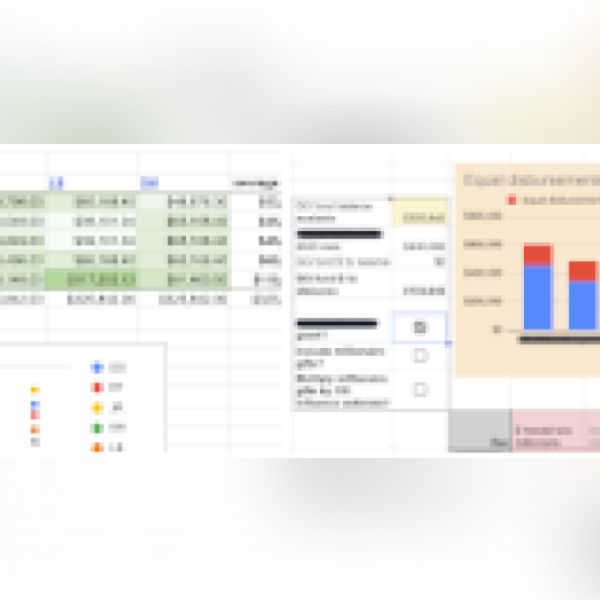What can we do about climate change?
How individuals can harness evidence to fight climate change, effectively
You have read the news reports about record-breaking extreme temperatures. You have seen pictures of skies turned yellow by wildfire smoke. You have heard stories about prolonged droughts wreaking havoc on everyday life and the ecosystem.
The question on many of our minds is: what can we do about climate change? What can I do about climate change?
We had the same questions. So we started Giving Green.
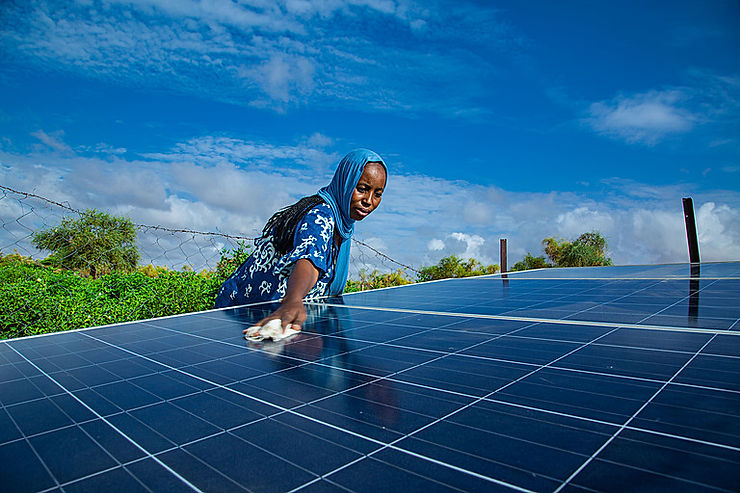
Credit: Raphael Pouget / Climate Visuals Countdown
Not all climate actions are equal
There is no shortage of guidance on climate action, from making lifestyle changes to purchasing carbon offsets. However, our research identified three problems that prevent people from taking effective actions to fight climate change.
1. Many climate call-to-actions are not actionable
The biggest lever in the climate fight is to push for systemic change in policy and technology. But these system-level call-to-actions are not always actionable on an individual level. How can an average person “decarbonize the grid” or “start an agricultural revolution”?
2. Many climate actions are ineffective
When climate actions do take place on the ground, not all of them are based on the best available scientific evidence. Studies have shown that some high-profile, well-meaning initiatives—such as the Clean Development Mechanism and decades of expensive tree-planting programs in India—have been major disappointments.
Confidence in the effectiveness of climate actions is also low among those who fund them. According to a recent report by the Center for Effective Philanthropy, only 11% of climate funders rated their own foundation’s strategy for addressing climate change as very effective. A paltry 4% said that efforts by philanthropic foundations, broadly, are very effective.
3. Most individuals lack access to evidence-based climate advice
While billionaire philanthropists and large companies tend to have in-house expertise, many organizations and almost all individuals do not have easy access to the evidence they need to direct their resources effectively.
Maximizing the impact of climate actions
How can an individual overcome these headwinds and identify effective ways to fight climate change?
Our answer: support evidence-based, cost-effective, and high-leverage policy advocacy organizations that change the norms, systems, and laws that shape greenhouse gas emissions.
There are many ways to contribute to systemic change, from joining a social movement to working in governments. We focus on individual giving and philanthropy because we believe in the flexibility and risk-taking of philanthropic capital. It is best suited to support less measurable initiatives that can bring out grand, systemic change. And if you think you need to be a millionaire to give effectively, think again. When giving to high-impact initiatives, every dollar can make a difference.
At Giving Green, we spend thousands of hours of research every year finding climate organizations that maximize the impact of your climate donations. We use a combination of qualitative and quantitative methodologies—such as expert interviews, literature reviews, and cost-effectiveness analyses—to filter through the miscellany of climate initiatives.
Our research over the past three years led us to strongly believe that the most bang for your buck in climate giving comes from funding organizations working to make systemic change in policy and technology.
For example, heavy industries like steel and cement are the literal building blocks of the global economy. They also account for one-third of emissions, but have received very little attention from government or philanthropy. Industrious Labs, one of our top climate nonprofits recommendations for 2022, is a new organization dedicated to helping global heavy industry go green. In collaboration with partner organizations, Industrious Labs advocates to corporations to make low-carbon commitments, and applies legal and political pressure to governments to ensure there is regulation and public funding to accelerate the transition to a cleaner industrial sector.
We are excited about Industrious Labs’ potential for heavy industry decarbonization because it is focused on a highly neglected area, its leadership has a track record of success, and we think its comprehensive industry-specific strategies will pull on the right levers to drive heavy industries’ transition.
But what about buying carbon offsets?
Many people come to Giving Green looking to purchase carbon offsets to offset their personal carbon footprints. While we welcome the interest in making an impact, numerous recent investigations into “junk carbon offsets” and “worthless carbon offsets” have made it clear that many of these initiatives do not deliver their promised climate impact.
At Giving Green, we believe in decarbonizing the future, not just offsetting the past. One tool from our evaluation toolkit—cost-effectiveness analysis—also lends this argument some quantitative credence. As an example, we developed a model to predict emissions reductions resulting from various policies under consideration in the United States between 2021 and 2022. Many of these policies were eventually included in the Inflation Reduction Act of 2022. We then tried to determine the impact of different climate organizations on the inclusion of specific laws in the bill, as well as the likelihood of passing a climate-related legislation. The findings were remarkably insightful. Even when we applied conservative assumptions in our model, such as the level of influence exerted by certain organizations, advocacy groups appeared to be considerably more cost-effective than the most effective offsets available.
We do, however, recommend a few high-quality carbon offset providers. These recommendations are meant for businesses that, in addition to reducing emissions in their own operations, are offsetting hard-to-abate emissions as part of a business net-zero commitment.
Taking climate action, effectively
- If you are an individual or a foundation, we recommend donating to our top recommendations for climate nonprofits. These are deeply researched, carefully vetted climate giving opportunities in policy advocacy that can have a huge potential for impact.
- If you are a business, read Giving Green’s comprehensive corporate climate strategy that helps you avoid corporate greenwashing and maximize real climate impact, including setting up a climate action fund to support highly impactful climate initiatives.
- If you find our research helpful, consider supporting Giving Green’s operations. Every $1 donated to Giving Green’s research and operations has been converted into $8 of support for high-impact climate initiatives.
Support Our Work
Giving Green Fund
One fund. Global impact. One hundred percent of your gift supports a portfolio of high-impact climate organizations, vetted by our research.
Best for:
Donors who want the simplest way to impact multiple climate solutions.
Top Climate Nonprofits
Meet the organizations on Giving Green’s list of high-impact nonprofits working to decarbonize our future, identified through our rigorous research.
Best for:
Donors who want to give directly and independently.
Support Our Work
We thoroughly research climate initiatives so you can give with confidence. For every $1 we receive, our work unlocks another $21 for effective climate solutions.
Best for:
Donors who want to amplify their impact through research.


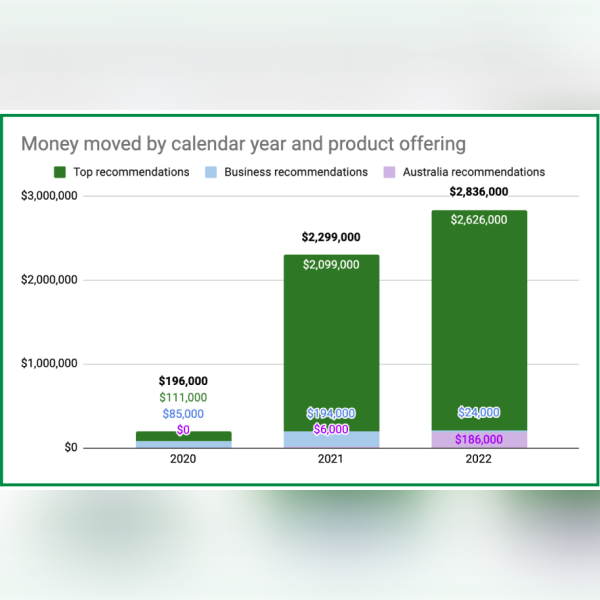






.png)

.png)




















.png)




.png)
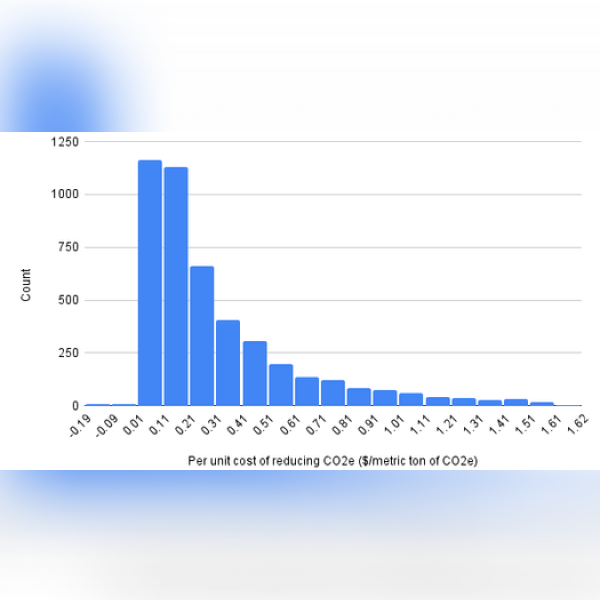



.png)
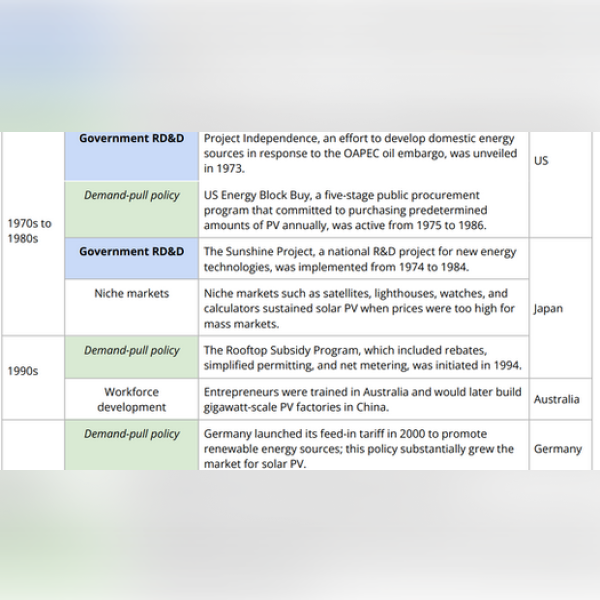

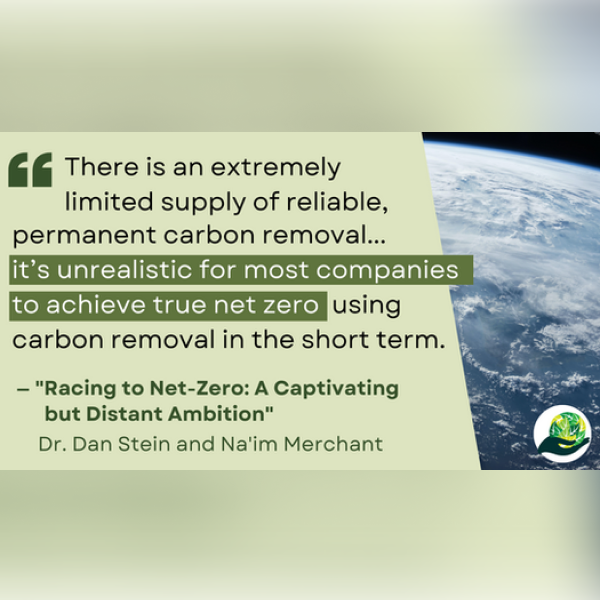



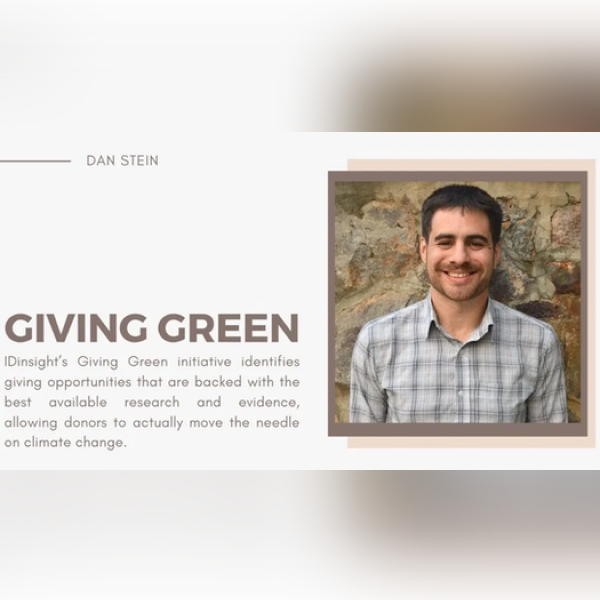


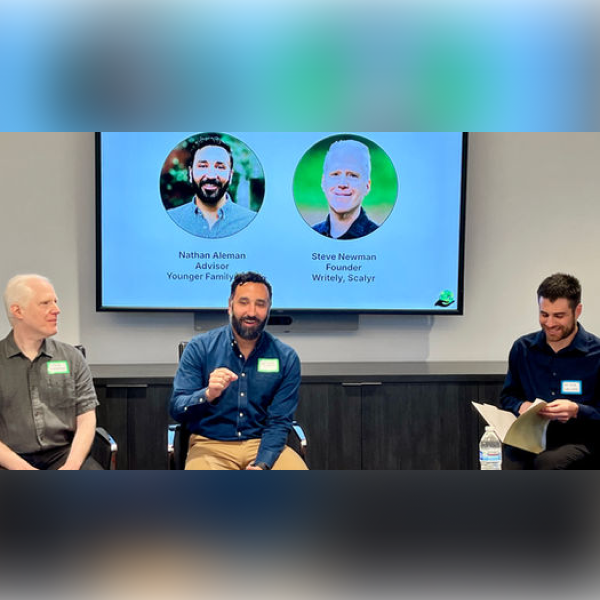


.png)



.png)




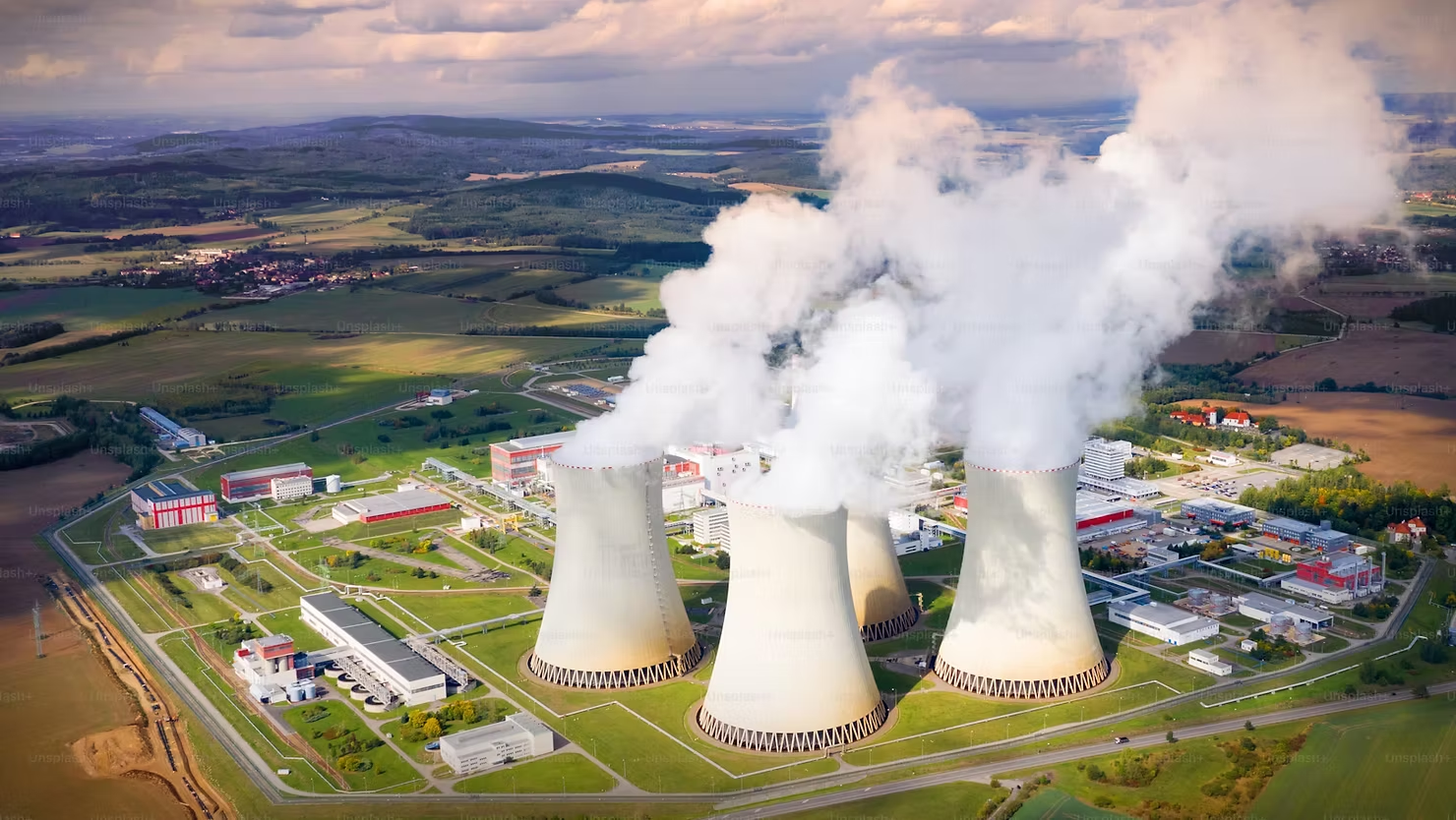






.png)
